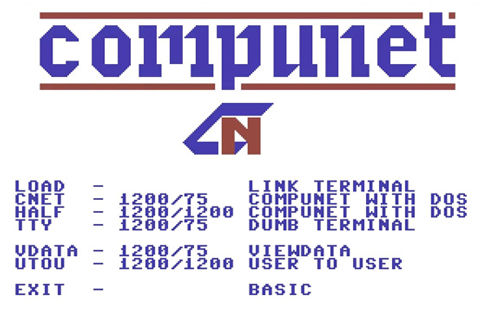It was late 1980s-something, and I was trying to get online…

The computer was an Amstrad PC1512. The modem was bought at a local computer fair as an external modem, but on getting it home, it didn't work. Being an inquisitive kid, I took it apart to see if it was something simple that had broken.
Inside the metal case was an 8-bit internal ISA modem card, with some bodge wires to power it up and a ribbon cable from an IPC header to a 25-pin D-SUB socket on the case.
So, I removed all the wiring and put the card inside the PC1512.... and it still didn't work. No COM2 at all (I think I also disabled the built-in COM1, and the card still didn't appear).
Re-examining the card, I saw that it was missing a chip. I must stress at this point, I was a kid, and I was totally guessing as to what was wrong. Helpfully on the silkscreen next to the empty socket was an IC number.
I had, at the time, a massive Farnell (I think it was Farnell, or maybe RS Components) catalogue that I'd got when I ordered an NEC V20 CPU upgrade. I looked up the IC number and saw that it was a 'parallel to serial' converter. "Well, that seems like a good reason for the card not to work internally", I thought. So I bought the chip, and when it arrived, I put it in the empty socket and put the card inside the PC1512 - and bingo! COM1 appeared.
I was now online.
I was also astounded that I'd worked out what was wrong. To this day, I still think it was bizarre how someone was selling an internal modem as an external modem in a metal case.
After that, it was a blur of BBSing, file downloading, and browsing Micronet/Prestel (I'm in the UK - It was a viewdata type service).
However, 90% of my time was spent hanging out in Shades, which is a very early MUD and was available on Micronet (and later on, available on the Web; see below).
These were the days when UK phone calls were very expensive, and we didn't have the luxury of free local calls as the US people did. I lost count of the arguments I had with my parents over massive phone bills!!!
Software-wise, I used various DOS ANSI-supporting BBS clients, and Micronet/Prestel came with its own (DOS-based) software.
I also had a Commodore 64 with a plug-in modem that plugged into the cartridge slot. This was to access the UK-based Compunet service, which had a custom client built into the ROM on the modem (which was why it used the cartridge slot), and the online service was PETSCII-based and offered forums, plus games, demos and music that could be downloaded, along with mailbox features too. Realistically, to use Compunet, you needed a disk drive on your Commodore 64, but in the UK, these were rare and quite expensive. I had a 1541 clone which never worked properly - I wasted so much time on repeated downloads because of that drive!
Anyway, enough waffling here are some links for further reading:
- Amstrad PC1512: https://en.wikipedia.org/wiki/PC1512
- Micronet: https://en.wikipedia.org/wiki/Micronet_800
- Shades: https://web.archive.org/web/20211117035809/http://games.world.co.uk/shades/
- Commodore Modem: https://nosher.net/archives/computers/adve_085
- Compunet: https://en.wikipedia.org/wiki/Compunet
Interestingly, even though the Shades MUD webpage is now gone, the actual server is still up. Point your MUD client (or any telnet-compatible client) at:
- games.world.co.uk port 23
NB. I originally wrote this post as a comment on Reddit in the /r/RetroComputing subreddit.